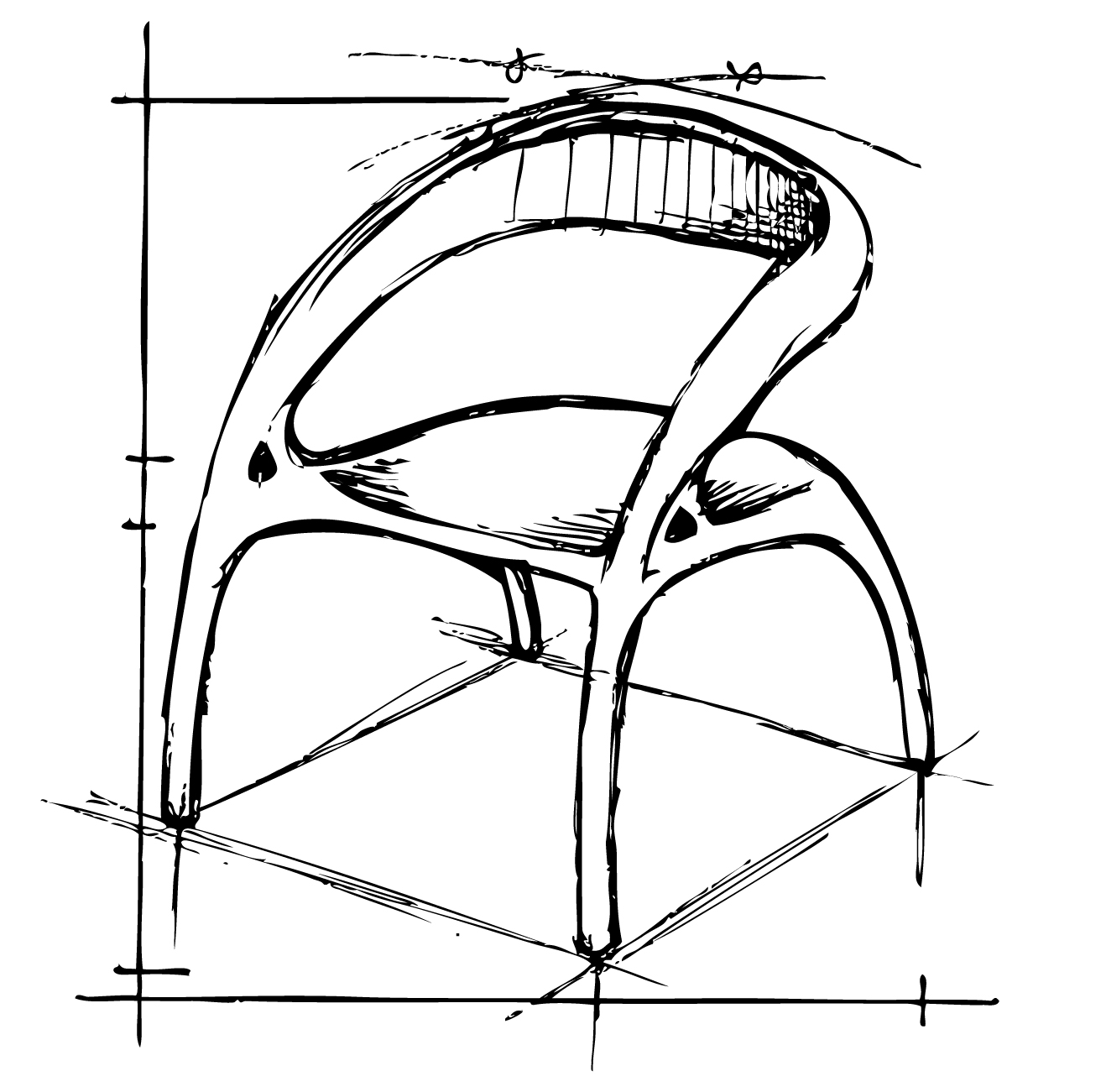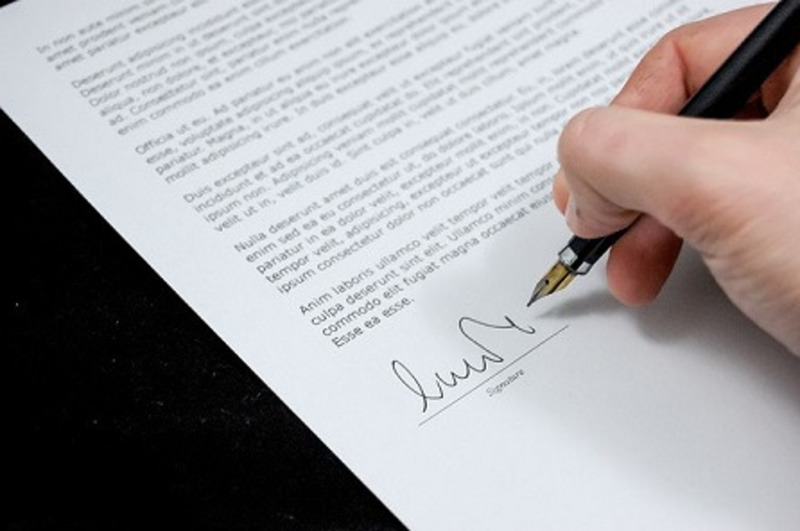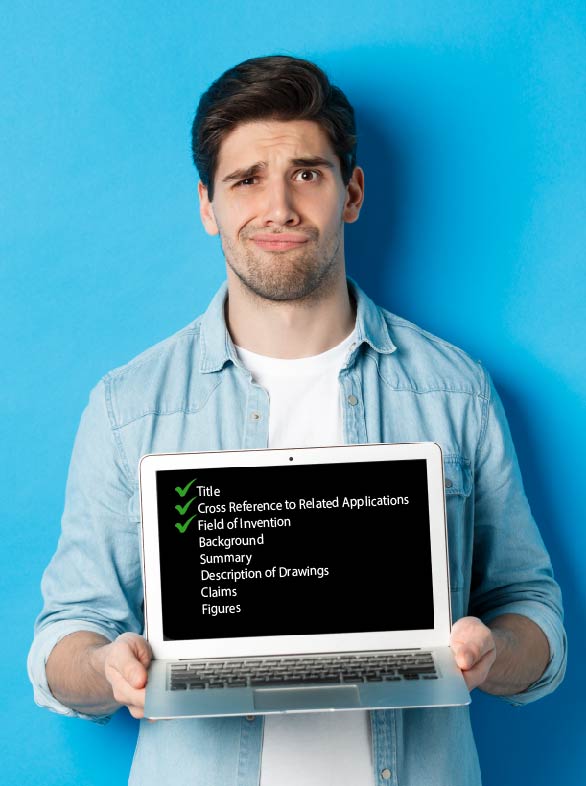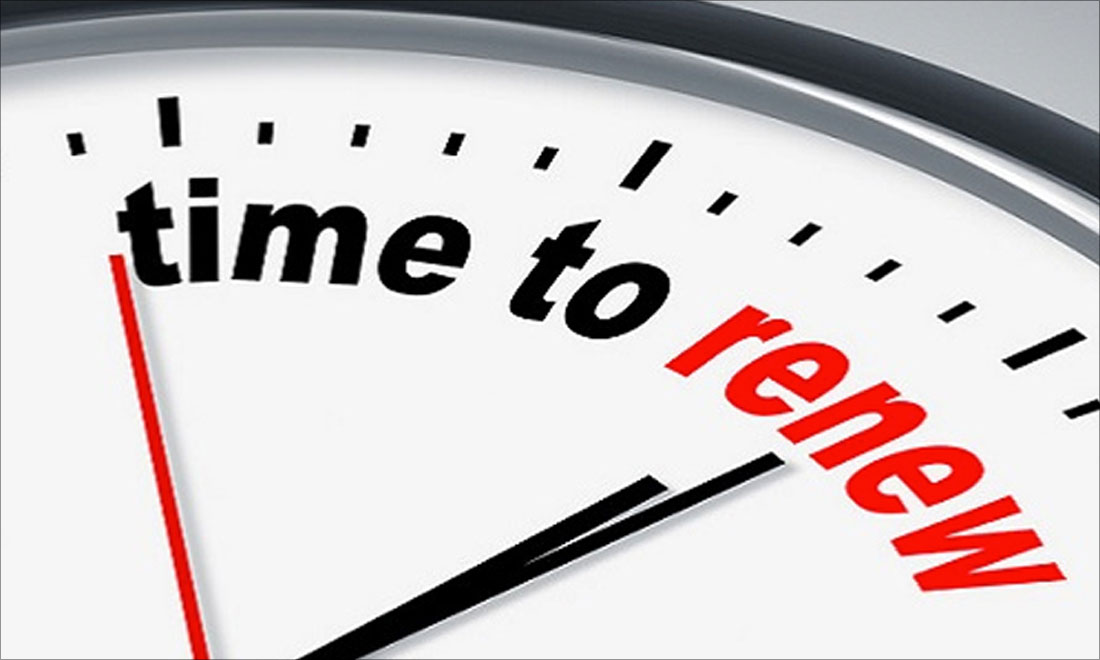_20231117115619.png)
Patent Prosecution 101: The Basic Fundamentals That Every Patent Applicant Should Know
More than 3.4 million patent applications were filed worldwide in 2021, according to statistics published by the World Intellectual Property Office (WIPO). Many of these filings do not result in an issued patent, but each of them begins the process of office examination known as “patent prosecution.” SHIP Global IP’s long experience in worldwide patent prosecution will help you navigate differences created by national rules and international treaties so your IP rights aren’t tripped up by any technicalities.
While patent prosecution begins at filing, a patent attorney’s work begins well before. To prepare a patent application, a patent attorney obtains an invention disclosure by interviewing inventors and conducts a prior art search to determine which aspects of the claimed invention might be patentable. This information is used to help draft a patent application that includes both patent claims, which mark out the parameters of the inventor’s legal claim, and a written description, which details actual working embodiments of the claimed invention.
The patent application itself is just one of a few documents that inventors or companies must file with a patent office for examination to progress. Prior art references material to patentability that are discovered by the filing party must be submitted to the patent office to satisfy a patent attorney or agent’s duty of disclosure. An inventor’s oath or declaration may also be required to legally establish the person or team that invented the subject matter of the patent application. Further, many patent attorneys must record assignment documents with the patent office to properly establish legal interests in the patent application held by the inventors’ employer.
In most cases, a patent office will publish a patent application 18 months after it was filed. Although the publication date isn’t tied to examination timelines, patent attorneys tend to receive their first office action from the office of filing around this time. The office action, referred to in some countries as an examination report, is a document detailing any patentability issues, including novelty, obviousness or subject matter eligibility, that the examiner believes should prevent a patent from issuing.
For most patent applicants, the bulk of patent prosecution is focused on responding to office actions to overcome these problems with patentability. An office action rejecting an application can be non-final, which gives the applicant a period of a few months to respond to patentability arguments, or final, which an examiner issues if the patent application is rejected a second time. While a final office action technically cancels the application, an applicant can file a request for continued examination (RCE) to reopen patent prosecution. An office action can also include a restriction requirement, which occurs if a patent examiner identifies two distinct inventions in the patent application. The restriction typically requires applicants to claim that invention in a separate divisional application. Patent applicants can also file a continuation application to pursue new or rejected claims covered by the written description of an earlier patent application.
A patent applicant facing a final rejection may also appeal that decision to a review board within the filing office. For example, ex parte appeals in the U.S. result in review of examiner rejections by the Patent Trial and Appeal Board (PTAB), whereas applicants at the European Patent Office (EPO) can appeal their rejected patent application to the Boards of Appeal. This second look by an appellate board can lead to the issue of patent claims if an applicant’s arguments aren’t persuading the patent examiner.
SHIP Global IP’s worldwide network of patent attorneys and agents will prove a trusted partner, helping you tackle national differences in patent prosecution with ease in places like:
- South Africa, one of the few countries which does not perform substantive examination of patent applications prior to registration.
- Switzerland, where patent applications may be filed in four different languages, allowing applicants to better strategize their translation budgets.
- The United States, where owners of issued patents can request examination of a reissue patent to correct mistakes in the original application or, in some instances, even broaden the invention covered by the claims.
- Japan, which allows requests for deferred examination up to three years after the patent application is filed, giving applicants additional time to assess whether examination is worth the cost.
- The European Union, where EU patent applications are validated on a country-by-country basis and the Unitary Patent System is being established.
- Germany, where applicants can submit utility models to obtain patent rights without awaiting lengthy patent examination timelines.
- Brazil, where patent applicants often experience much longer examination timelines than other countries due to a longstanding backlog of filings at the nation’s patent office.
No matter where your company is located across the globe, or where it wants to file patent applications, SHIP Global IP’s team is ready around the clock so you can quickly implement your patent filing and prosecution strategy.












